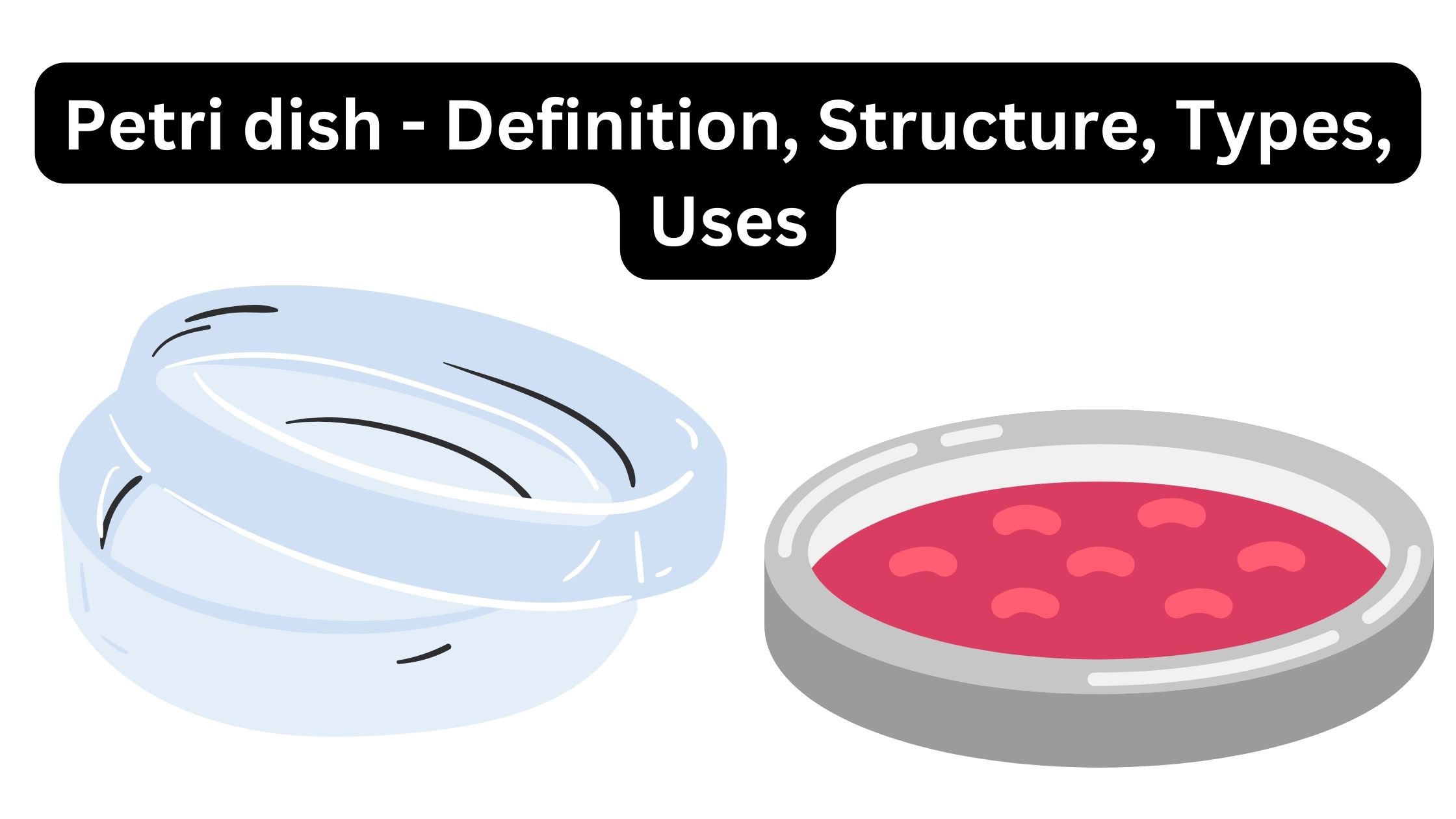Wave Bioreactor – Principle, Parts, Types, Uses
What is Wave Bioreactor? Working Principle of Wave Bioreactor Types of Wave Bioreactor Wave bioreactors mix and oxygenate cell cultures using mechanical waves. Various wave bioreactors create waves using different mechanisms: Parts of Wave Bioreactor Wave bioreactors mix and oxygenate culture media by rocking. Its main components are: Operating Procedure of Wave Bioreactor The operating … Read more









